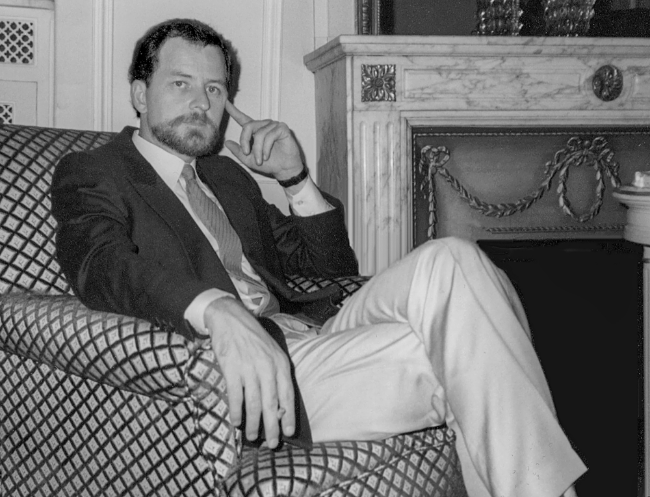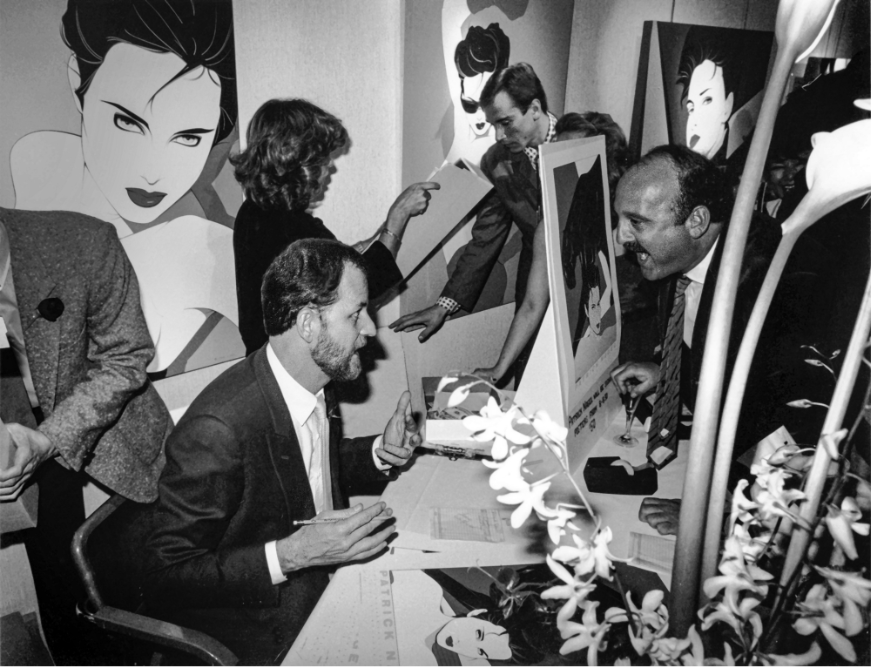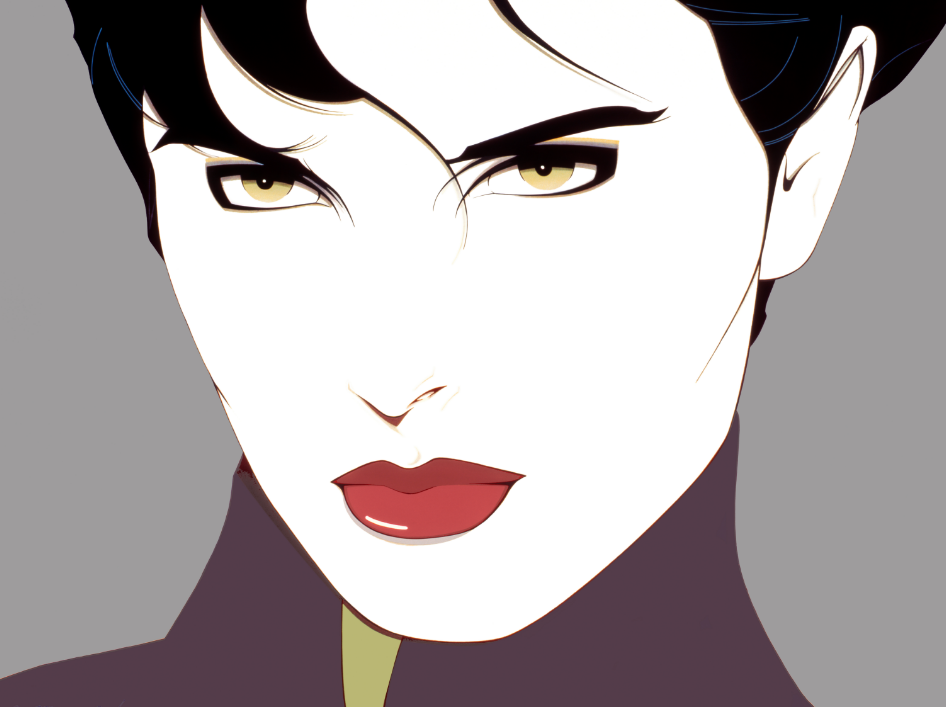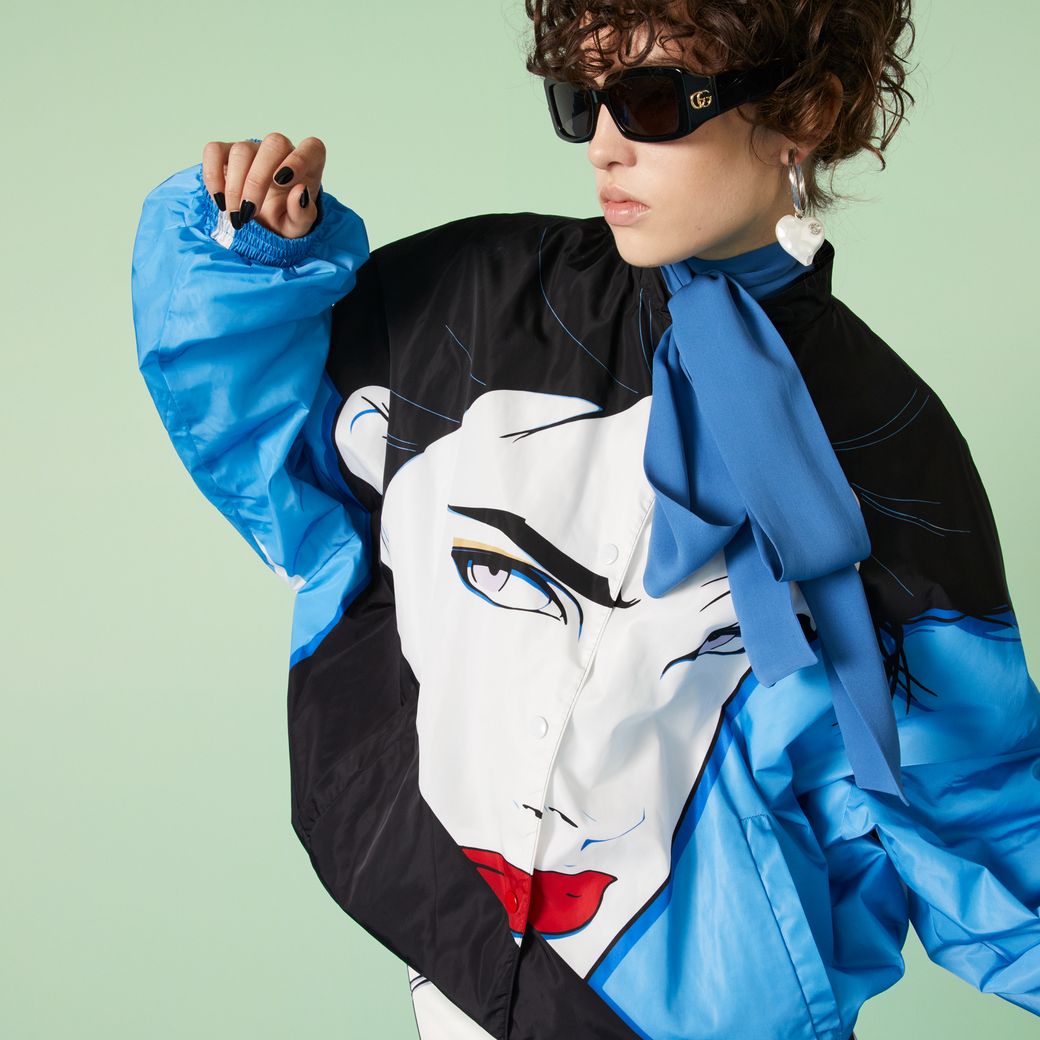
Biography

The Beginning
The Pop Art of Patrick Nagel needs little introduction. His minimalist style defined an era with cool, seductive women that became the most iconic of any single generation. His elegant graphic work and his portrayal of the contemporary woman made figurative design before him look instantly old. Today his unique sensibility and style continue to resonate with generations of young designers, illustrators and artists who have found inspiration from his trend-setting style.
Nagel was in the forefront of a new wave of illustration in Los Angeles in the late 1970’s and early 80’s, re- imagining the graphic arts and in the process defining Los Angeles as the epicenter of award-winning visual arts. It was a reciprocal relationship; Los Angeles influenced his evolving style and in return he left his indelible mark on the city and far beyond. Through cultural cross-pollination, his work absorbed the moment – from the fashion photography of Guy Bourdin and Helmut Newton to influencing the look of music videos by David Bowie, Robert Palmer and George Michael, to creating the album cover art of Duran Duran.
Patrick Nagel was born in Dayton, Ohio in 1945 and was raised in Orange County, California. After returning from his tour in Viet Nam, he studied fine art at Chouinard Art Institute and California State University, Fullerton where he received his BA in 1969 in painting and graphic design. He then taught at Art Center College of Design while simultaneously establishing himself as a free-lance designer and illustrator with memorable ads for Ballantine Scotch, IBM and covers for Harper’s magazine.
In the mid-70’s he began illustrating stories for Playboy magazine, bringing instant exposure and a large appreciative audience to his work. His years working with Playboy established him as the heir apparent to 50’s pin-up artist Alberto Vargas and gave Nagel the subject matter that he would continue to use to illustrate the newly liberated woman.

The Art of
the Poster
Over the last one hundred years, poster art has been one of the most humble, influential and pervasive of all the arts. But in the U.S in the 70’s, where poster art had not been used to its best effect, an opportunity arose to change the status quo. Nagel, inpartnership with Mirage Editions and fine art printer Jeff Wasserman, sought to recapture the beauty and power that posters once held in popular culture by returning to a model created at the turn of the century with artists such as Toulouse Lautrec and A. M. Cassandre. They sought to produce the highest quality hand screened art prints that would also serve as collectible advertising art for businesses. Over Nagel’s career, 60 limited edition silk-screened prints were completed and were sold out upon release and Nagel’s iconic women found their way to worldwide recognition.

His Women
Nagel’s woman is complicated – which is the key to her subliminal appeal. She wants attention, sometimes flauntingly, but remains distant. She appears intelligent, selfpossessed, but removed. Nagel often said that he didn’t really want to know these women too well. He imagined them as creatures of the night who drank and smoked too much. Perhaps, but they remain always in control.
In the pin-up tradition of women as object, Nagel’s portrayal of them was a break from the past, reflecting the rapidly changing role of women in America. His style evolved subtly along with the times. His women of the seventies are shown as softer, more vulnerable and innocent than his stronger, more self assured women of the eighties.

Today
The world of fashion and music have come full circle… back to the eighties; an appreciation of a flamboyant decade brimming with creative collaborations and groundbreaking art. Today, 25 years after the artist’s death, he is now considered one of the giants of American illustration with work in major collections and museums around the world.
Craft
Nagel: the godfather of vector art
Patrick Nagel’s art is written in the language of symmetry. Through his art he achieved a perfect balance of line, shape and form. The “Nagel style” of crisp lines and sensuous curves celebrated the classical female form and modernized the genre for a new generation. The precision and quality of his art may lead the younger viewer to assume that he used a computer to aide in his design but he did not. Every line, every curve and every shape was made with a steady hand, a French curve and deliberate intention.
Ironically, at the very time Nagel was honing his handmade craft, software was being written and new technology was being invented to make possible the explosion of computer graphics that would follow. Unfortunately, due to his untimely passing, he was never able to explore or experiment with the computer generated possibilities that digital art could have given him. Still, his art set the stage for what was to come because his art inspired generations of digital artists that followed in his footsteps, so much so that Nagel should be considered the godfather of vector art.
Vector art is made by manipulating computer generated shapes and mathematically precise Bézier curves to form an image. Where Nagel would create a line using a pencil and a French curve, post-modern artists use the pen tool, paths, points and curve handle bars inside a computer program. The medium and the process are different but the language is the same.
The genius of Patrick Nagel’s art is that it is both simple and complex. It is mathematical and organic. It is handmade but to the modern eye, looks computer generated. This duality gives his art a universal, timeless and lasting appeal. In a word, this is what makes his art seductive.
Whether the artist uses a mouse or a pencil to manipulate the elements of art matters less than understanding the universal principles of symmetry, proportion and balance to understand the significance of what Nagel achieved.
Credit:
Patrick Scullin
Director of Printing Graphics Programs Riverside College
